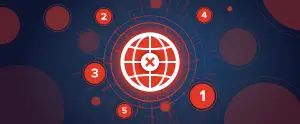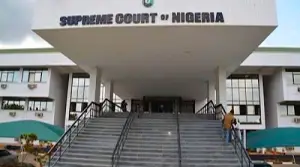The Federal Government has deployed Artificial Intelligence (AI) technology to identify the poorest Nigerians in rural communities for its Conditional Cash Transfer (CCT) program, according to Minister of Humanitarian Affairs and Poverty Reduction, Prof. Nentawe Goshwe Yilwatda.
Speaking during an interview on Arise News, Yilwatda revealed that approximately 5.8 million Nigerian households, representing nearly 29 million individuals, have benefited from the cash transfer initiative within six months of President Bola Tinubu's administration.
"AI was used to generate the list of people who are poor within the community using their varied telephone numbers, and AI was also used to generate an additional 6.5 million who are urban poor, which was then added to the social register," the Minister explained.
Yilwatda emphasized that the transfers were made only to verified account numbers, following President Tinubu's directive to ensure accountability in the disbursement process.
Impact of the Cash Transfer Program
The Minister dismissed claims that the N75,000 disbursed to beneficiaries was insufficient to make meaningful impact. According to research conducted in partnership with the World Bank, approximately 18% of recipients have successfully established their own businesses with the funds received.
"I'm from a rural community. If you meet a rural farmer and give him N75 thousand, because we also did also a research by the World Bank, we discovered that up to 18% of the people who received this amount were able to start a business of their own," Yilwatda stated.
The Minister further disclosed that the government has validated the social register for both urban and rural poor, which now stands at 19.7 million Nigerians. This comprehensive database serves as the foundation for the government's targeted poverty alleviation efforts.
The use of AI in identifying beneficiaries represents a significant technological approach to ensuring that government assistance reaches those most in need, particularly in remote areas where traditional identification methods might be challenging.













